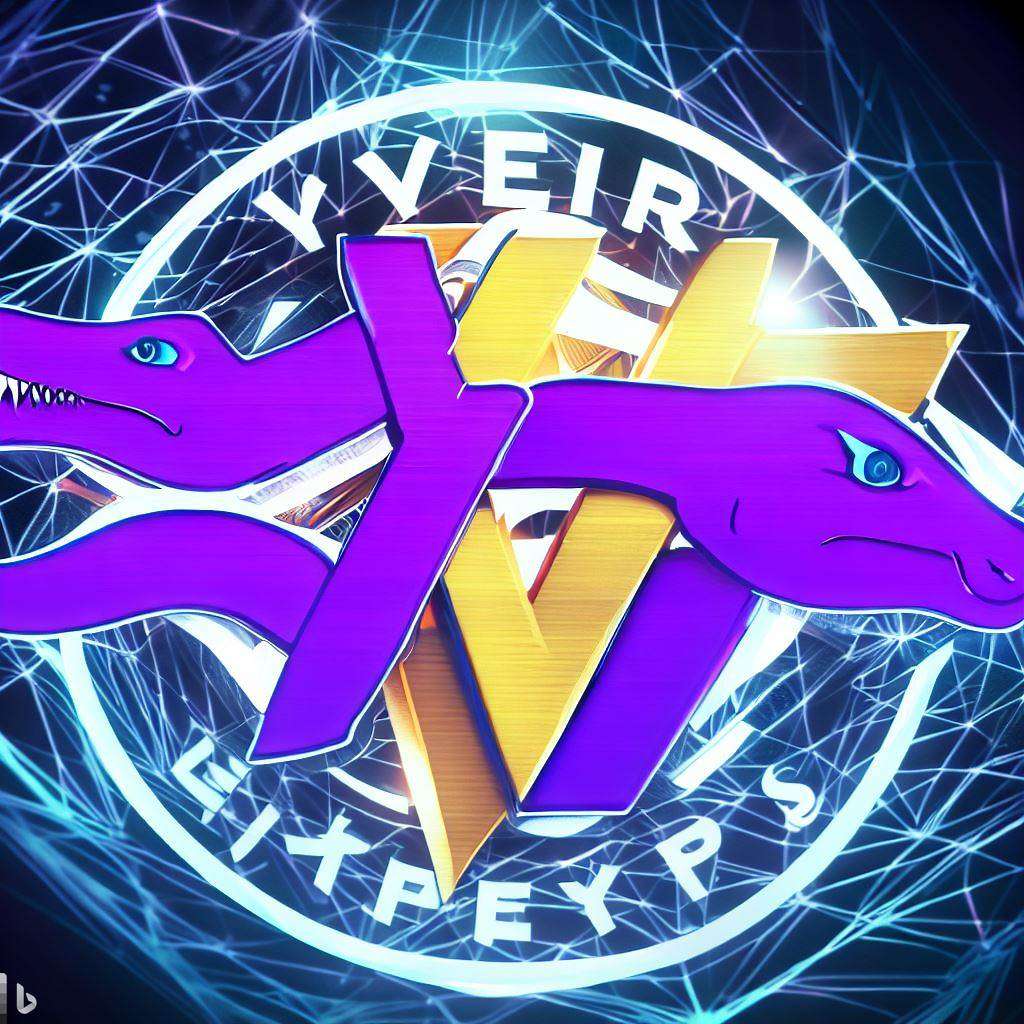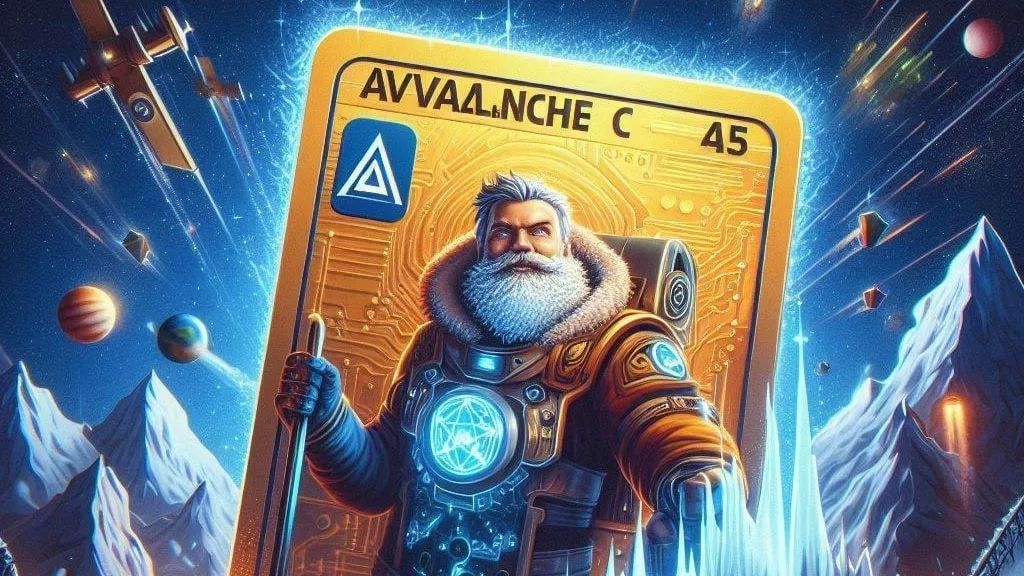
In the rapidly evolving realm of blockchain technology, Ethereum has emerged as a formidable force, primarily due to its pivotal role in enabling decentralized applications (DApps) and smart contracts. Ethereum’s success can be attributed to a thriving development community constantly striving to innovate and improve the platform. One such innovation that has been making waves in recent years is Vyper, a smart contract programming language introduced in 2018. While Ethereum’s native language, Solidity, remains widely popular, Vyper is gaining traction for its simplicity, security features, and developer-friendly approach.
At its core, Vyper is a statically typed language explicitly designed for Ethereum development. What sets it apart from other languages is its syntax, which bears a striking resemblance to the Python programming language. This simplicity in coding not only makes it more approachable for developers but also significantly enhances the security of smart contracts.
Embracing Python-Like Simplicity
In stark contrast to the at times complex and convoluted code in Solidity, Vyper’s Python-like syntax is like a breath of fresh air for developers. Its familiarity instantly reduces the steepness of the learning curve, enabling a wider pool of programmers to contribute to the Ethereum ecosystem. This accessibility is a substantial step towards democratizing blockchain development.
The Roots of Ethereum’s Success
Before diving into the specifics of Vyper, it’s crucial to understand why Ethereum has become a powerhouse in the world of blockchain. Ethereum, created by Vitalik Buterin in 2015, was designed to be more than just a cryptocurrency like Bitcoin. It aimed to provide a decentralized platform for building DApps and executing smart contracts, which are self-executing contracts with the terms of the agreement directly written into code.
Ethereum’s success can be attributed to its ability to foster innovation and decentralization. It established the concept of the blockchain as a world computer, enabling developers to create a wide range of applications that run on its network. This visionary approach attracted a global community of developers, resulting in a vibrant ecosystem of DApps and tokens.
Solidity: Ethereum’s Native Language
Solidity, Ethereum’s native programming language for writing smart contracts, played a crucial role in the platform’s initial success. However, as the Ethereum ecosystem continued to grow, it became evident that there was room for improvement in the development experience. This led to the emergence of Vyper.
Vyper: A New Approach to Smart Contracts
Introduced in 2018, Vyper was created to address some of the shortcomings of Solidity and offer a fresh perspective on smart contract development. While Solidity had served as a robust and functional language for creating smart contracts, it was often criticized for its complexity and potential pitfalls that could lead to security vulnerabilities. Vyper aimed to provide an alternative that simplified the development process and minimized the risk of errors.
Python-Like Simplicity and Readability
One of the most striking features of Vyper is its Python-inspired syntax. Python is widely regarded as one of the most beginner-friendly and readable programming languages, and Vyper leverages this simplicity. The familiar structure and conventions of Python make it easier for developers to grasp, reducing the barrier to entry for those interested in Ethereum development.
In Vyper, you’ll find clean and concise code that resembles Python’s syntax. This simplicity not only accelerates the learning curve but also enhances the security of smart contracts. Developers can more easily understand and reason about their code, which is crucial when handling blockchain assets and executing complex agreements.
Enhanced Security Through Simplicity
Vyper’s emphasis on simplicity extends beyond just making code more readable; it also has a profound impact on the security of smart contracts. In the blockchain world, security is paramount. Even a small vulnerability in a smart contract can lead to significant financial losses or other adverse consequences.
The simplicity of Vyper’s code reduces the chances of introducing bugs or vulnerabilities. With fewer complex language features to contend with, developers are less likely to make coding mistakes. This aligns with Ethereum’s mission to create a secure and decentralized environment for executing smart contracts.
Democratizing Blockchain Development
Beyond its technical advantages, Vyper has another essential role to play: democratizing blockchain development. By offering a simpler, more accessible programming language, Vyper widens the talent pool of developers who can contribute to the Ethereum ecosystem.
Solidity, while effective, had a steeper learning curve, which limited the number of developers who could comfortably write smart contracts. Vyper removes this barrier, allowing more programmers from diverse backgrounds to participate in blockchain development. This inclusivity is crucial for the continued growth and innovation of the Ethereum platform.
Community Adoption and Growth
Since its introduction, Vyper has steadily gained momentum within the Ethereum community. Developers have recognized its potential to enhance both the development experience and the security of smart contracts. As a result, Vyper has found its place alongside Solidity as a viable option for Ethereum smart contract development.
The Ethereum community has been instrumental in driving the adoption of Vyper. Collaborative efforts, tutorials, and educational resources have emerged to support developers in transitioning to this new language. Moreover, the Ethereum Foundation has provided support for Vyper’s development, underscoring its commitment to improving the platform.


Get the latest Crypto & Blockchain News in your inbox.